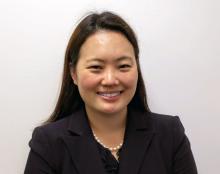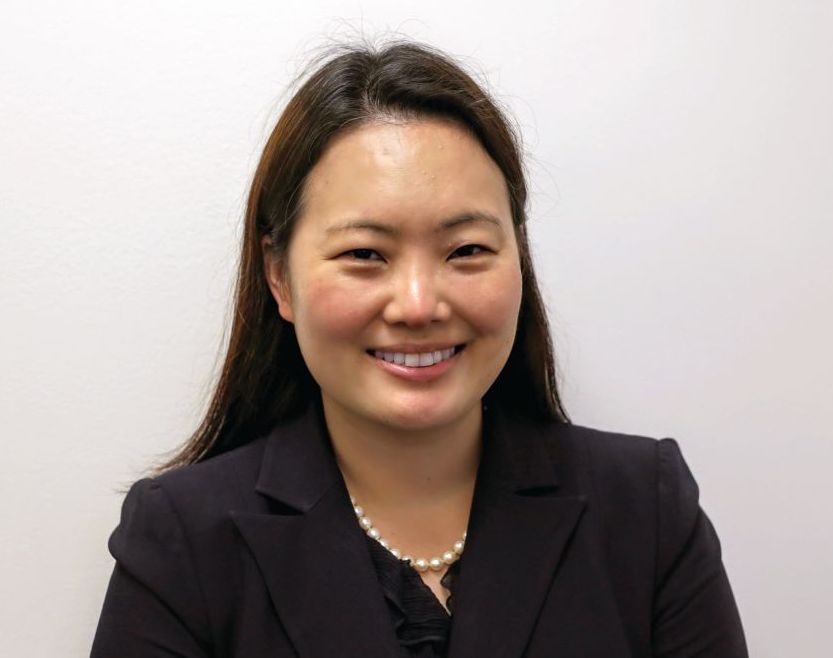User login
The biliary tree and pancreas: An overview
The session titled “The biliary tree and pancreas” provided an overview of the most important pancreaticobiliary diseases, allowing experts to delineate their approaches to challenging aspects of these conditions.
Timothy Gardner, MD, MS, focused on the management and treatment of sequelae in patients with acute pancreatitis. He provided support for the use of lactated Ringer’s as the fluid of choice, cautioning against over-resuscitation. He advised early oral feeds, without clear preference for nasogastric or nasojejunal administration. Dr. Gardner emphasized the importance of classifying type of fluid collection to optimize clinical decision making. Endoscopic techniques appear to be safer and as efficacious as surgical approaches. Regarding thrombosis, anticoagulation was recommended unless an absolute contraindication exists. He also recommended addressing symptomatic ductal disruptions.
Douglas Adler, MD, AGAF, provided pointers on distinguishing between malignant and benign biliary strictures. Ruling out a malignant stricture entails use of multiple diagnostic modalities to image and to sample abnormalities, such as a dominant stricture in primary sclerosing cholangitis. Fluorescence in situ hybridization (FISH) and cholangioscopy are fairly widely used, while other techniques such as confocal laser endomicroscopy are used less frequently. Benign biliary strictures occur frequently in the liver transplant population, both anastomotic and nonanastomotic. Benign biliary strictures may also occur in chronic pancreatitis; importantly, these may mimic pancreatic cancer.
During my presentation, we focused on several aspects of pancreaticobiliary neoplasia. We reviewed the multiple genetic syndromes such as Peutz-Jeghers syndrome, hereditary pancreatitis, and Lynch syndrome, all of which confer increased risk for pancreatic cancer. Endoscopic ultrasound guidance and adjunctive techniques (e.g., elastography) may improve imaging in the pancreas and improve targeting of biopsies. Needle-based confocal laser endomicroscopy is also available to provide real time cellular data, improving our ability to accurately diagnose and differentiate pancreatic cystic neoplasms. Endoscopic ultrasound–guided needle injection and other therapeutic techniques allow endoscopists to intervene therapeutically. Accurate management of pancreatic cysts depends largely on the accurate identification of mucinous cystic neoplasms. Recent guidelines delineate high-risk stigmata and worrisome features of branch-duct intraductal papillary mucinous neoplasm. We also reviewed less common neoplasms such as pancreatic neuroendocrine tumors and biliary neoplasms.
Dr. Kim is an assistant professor of gastroenterology at Mount Sinai Hospital, acting director of endoscopy, and director of endoscopic ultrasound at Mount Sinai Hospital, New York. This is a summary provided by the moderator of one of the AGA Postgraduate Courses held at DDW 2017.
The session titled “The biliary tree and pancreas” provided an overview of the most important pancreaticobiliary diseases, allowing experts to delineate their approaches to challenging aspects of these conditions.
Timothy Gardner, MD, MS, focused on the management and treatment of sequelae in patients with acute pancreatitis. He provided support for the use of lactated Ringer’s as the fluid of choice, cautioning against over-resuscitation. He advised early oral feeds, without clear preference for nasogastric or nasojejunal administration. Dr. Gardner emphasized the importance of classifying type of fluid collection to optimize clinical decision making. Endoscopic techniques appear to be safer and as efficacious as surgical approaches. Regarding thrombosis, anticoagulation was recommended unless an absolute contraindication exists. He also recommended addressing symptomatic ductal disruptions.
Douglas Adler, MD, AGAF, provided pointers on distinguishing between malignant and benign biliary strictures. Ruling out a malignant stricture entails use of multiple diagnostic modalities to image and to sample abnormalities, such as a dominant stricture in primary sclerosing cholangitis. Fluorescence in situ hybridization (FISH) and cholangioscopy are fairly widely used, while other techniques such as confocal laser endomicroscopy are used less frequently. Benign biliary strictures occur frequently in the liver transplant population, both anastomotic and nonanastomotic. Benign biliary strictures may also occur in chronic pancreatitis; importantly, these may mimic pancreatic cancer.
During my presentation, we focused on several aspects of pancreaticobiliary neoplasia. We reviewed the multiple genetic syndromes such as Peutz-Jeghers syndrome, hereditary pancreatitis, and Lynch syndrome, all of which confer increased risk for pancreatic cancer. Endoscopic ultrasound guidance and adjunctive techniques (e.g., elastography) may improve imaging in the pancreas and improve targeting of biopsies. Needle-based confocal laser endomicroscopy is also available to provide real time cellular data, improving our ability to accurately diagnose and differentiate pancreatic cystic neoplasms. Endoscopic ultrasound–guided needle injection and other therapeutic techniques allow endoscopists to intervene therapeutically. Accurate management of pancreatic cysts depends largely on the accurate identification of mucinous cystic neoplasms. Recent guidelines delineate high-risk stigmata and worrisome features of branch-duct intraductal papillary mucinous neoplasm. We also reviewed less common neoplasms such as pancreatic neuroendocrine tumors and biliary neoplasms.
Dr. Kim is an assistant professor of gastroenterology at Mount Sinai Hospital, acting director of endoscopy, and director of endoscopic ultrasound at Mount Sinai Hospital, New York. This is a summary provided by the moderator of one of the AGA Postgraduate Courses held at DDW 2017.
The session titled “The biliary tree and pancreas” provided an overview of the most important pancreaticobiliary diseases, allowing experts to delineate their approaches to challenging aspects of these conditions.
Timothy Gardner, MD, MS, focused on the management and treatment of sequelae in patients with acute pancreatitis. He provided support for the use of lactated Ringer’s as the fluid of choice, cautioning against over-resuscitation. He advised early oral feeds, without clear preference for nasogastric or nasojejunal administration. Dr. Gardner emphasized the importance of classifying type of fluid collection to optimize clinical decision making. Endoscopic techniques appear to be safer and as efficacious as surgical approaches. Regarding thrombosis, anticoagulation was recommended unless an absolute contraindication exists. He also recommended addressing symptomatic ductal disruptions.
Douglas Adler, MD, AGAF, provided pointers on distinguishing between malignant and benign biliary strictures. Ruling out a malignant stricture entails use of multiple diagnostic modalities to image and to sample abnormalities, such as a dominant stricture in primary sclerosing cholangitis. Fluorescence in situ hybridization (FISH) and cholangioscopy are fairly widely used, while other techniques such as confocal laser endomicroscopy are used less frequently. Benign biliary strictures occur frequently in the liver transplant population, both anastomotic and nonanastomotic. Benign biliary strictures may also occur in chronic pancreatitis; importantly, these may mimic pancreatic cancer.
During my presentation, we focused on several aspects of pancreaticobiliary neoplasia. We reviewed the multiple genetic syndromes such as Peutz-Jeghers syndrome, hereditary pancreatitis, and Lynch syndrome, all of which confer increased risk for pancreatic cancer. Endoscopic ultrasound guidance and adjunctive techniques (e.g., elastography) may improve imaging in the pancreas and improve targeting of biopsies. Needle-based confocal laser endomicroscopy is also available to provide real time cellular data, improving our ability to accurately diagnose and differentiate pancreatic cystic neoplasms. Endoscopic ultrasound–guided needle injection and other therapeutic techniques allow endoscopists to intervene therapeutically. Accurate management of pancreatic cysts depends largely on the accurate identification of mucinous cystic neoplasms. Recent guidelines delineate high-risk stigmata and worrisome features of branch-duct intraductal papillary mucinous neoplasm. We also reviewed less common neoplasms such as pancreatic neuroendocrine tumors and biliary neoplasms.
Dr. Kim is an assistant professor of gastroenterology at Mount Sinai Hospital, acting director of endoscopy, and director of endoscopic ultrasound at Mount Sinai Hospital, New York. This is a summary provided by the moderator of one of the AGA Postgraduate Courses held at DDW 2017.

